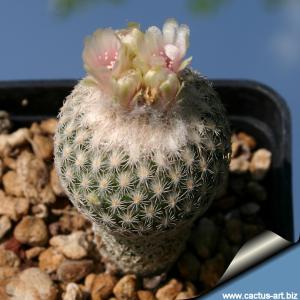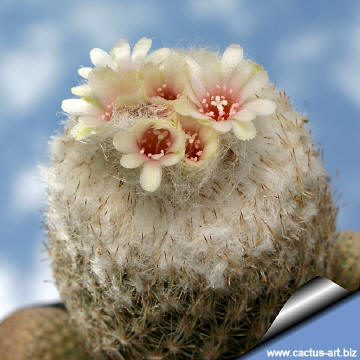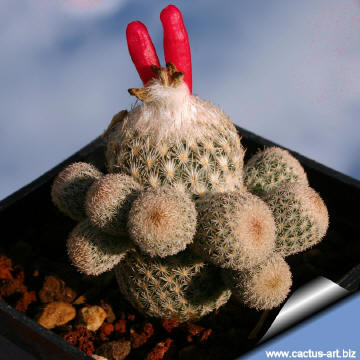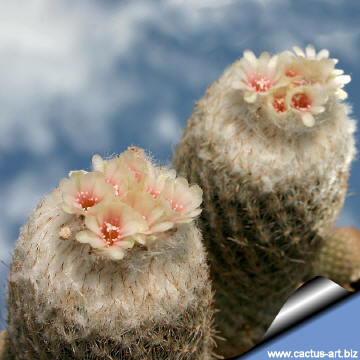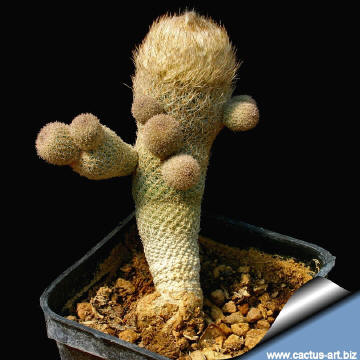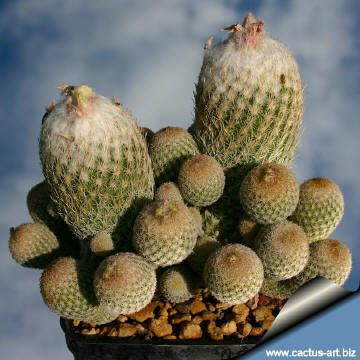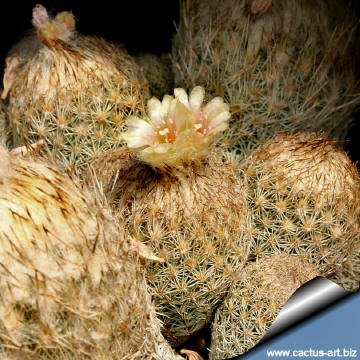-
x
Description
It is a minute clustering cactus with tuberous roots. It shows similarities with E. micromeris polycephala and Epithelantha pachyrhiza. Apical spines in mature plants take a reddish tinge, especially if wet. The flowers are small cream-pink. Family: Cactaceae (Cactus Family) Epithelantha dikisoniae
| |
| Description: E. micropmeris var. dickisoniae is a minute clustering cactus of doubtful status (but very appreciated in cultivation), it shows similarities with E. micromeris polycephala and Epithelantha pachyrhiza. | |
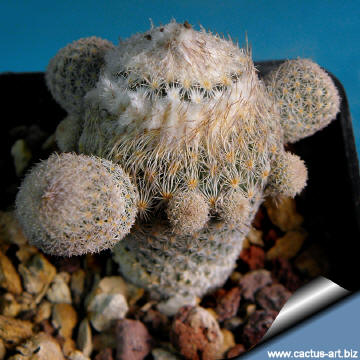 | |
| Apical spines in mature plants take a reddish tinge, especially if wet. The flowers are small and cream-pink. Cultivation: Although regarded as a choice and difficult plant in cultivation, it is relatively easy. It needs a soil mix which is particularly well draining (because rot prone). Water sparingly and keep perfectly dry in winter. Hardy to -7°C Sun Exposure: Light shade to full sun. | |

